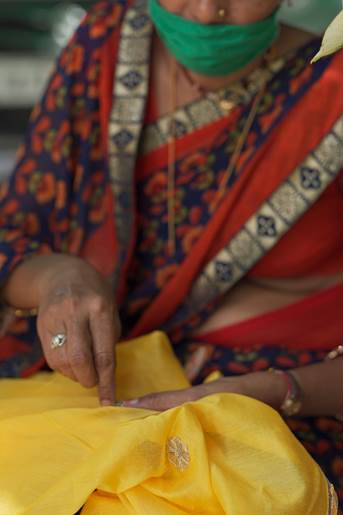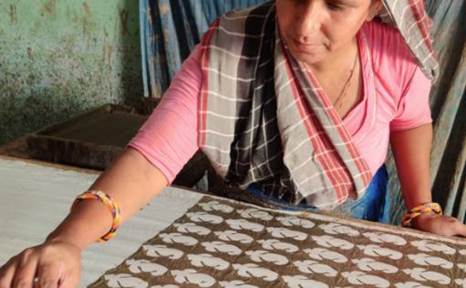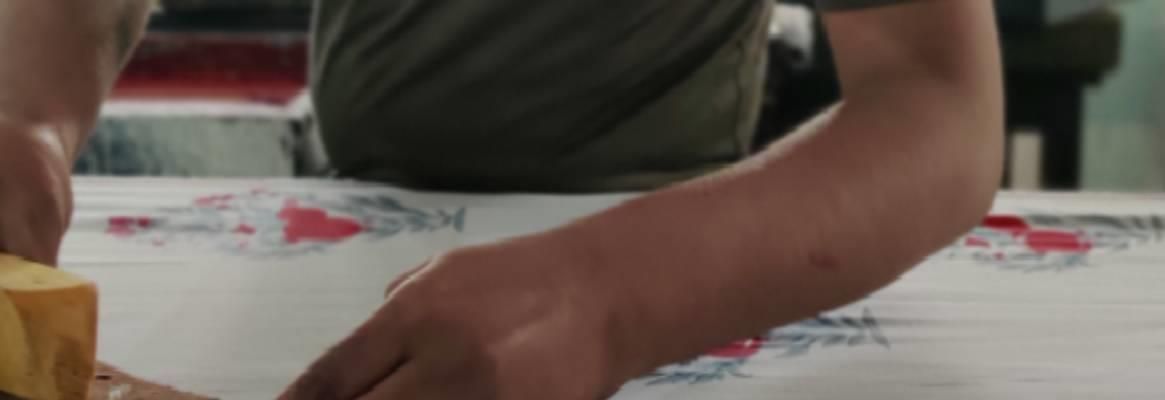The Indian handicraft industry was one of the worst hit during the pandemic and in order to reinstate it to its previous glory, there are a number of steps that can be followed. At the base of it, artisans should be made aware of their work rights and worth. Other than that, increased focus on sustainability and enabling of technology will drive future growth.
Indian handicrafts are demanded and appreciated worldwide for their beautiful designs and high-quality products. Not surprisingly, the industry is the second largest employer after agriculture, engaging upward of 15 crore artisans, and constitutes a significant part of the economy.
Over the last few years, the growth of international markets coupled with ease of trade have opened new opportunities for artisans. That said, the handicraft industry was one of the worst hit during the recent COVID lockdown with many Indian artisans struggling to make ends meet. As the global economy recovers from the pandemic, the Indian handicrafts industry stands at a critical juncture – to come out of it stronger and more resilient than ever. The need of the hour for the industry is to focus on the following:
Doubling Down on Sustainability and Swadeshi
There is a rising interest and demand for sustainable and swadeshi products among domestic consumers opting for India-made handicrafts over mass-produced goods. The key lies in imbibing modern sensibilities in traditional crafts to make them more relevant and desirable to modern times. The Indian handicraft industry has traditionally been slow in adapting and moulding their products to new-age demands. For them to succeed, their needs to be a more thought-out approach to design and quality.
New-age designers and brands must also be encouraged to actively opt for locally available raw materials and sustainable options that don’t compromise the quality and aesthetics of the final product. By choosing to go local, designers and brands can drive the economy from the grassroots and also provide employment to ancillary sectors that depend on the handicraft sector. The government has an equally important role to play here – actively introducing benefits and incentives to drive locally-grown, locally-produced sustainable handicraft products.

Enforcing Fair Pay and Overcoming Gender Disparity
Despite government mandate, given the unstructured and unorganised nature of the handicraft industry, artisans continue to be paid unfairly for their talent and worth. This needs to be corrected immediately and has to be addressed at both the employer and artisan level. Enforcement of laws to ensure fair pay are essential, coupled with education drives for artisans to make them aware of their work rights and worth. This is necessary to stop the exodus of younger talent that is choosing to opt for greener pastures as they find handicrafts not a sustainable source of income and livelihood. In addition to the above points, more and more women need to be brought to the fold, providing them with equal opportunity and pay to drive their representation in the handicrafts industry and in turn boost household incomes. For this to succeed, the handicraft sector needs to create flexible work models coupled with upskilling programmes for women to make them actively participate in the generation of handicrafts. Finally, social and welfare schemes run by the government need to be made easily available to each artisan. While many schemes already exist, their knowledge and accessibility remain limited even today.
Enabling Technology to Drive Growth
Technology has proved to be a strong enabler in most sectors – the Indian handicraft industry too needs to embrace technology across the value chain – from production to the final sale of goods. The National Broadband Mission launched by the government is a step in this direction. However, this needs to be coupled with education at the grassroots level on the use of technology, whether it be to increase production yield or provide artisans with access to direct digital markets. New age consumers are increasingly opting to shop through virtual markets – providing Indian artisans a stronger presence here is essential for the long-term survival and growth of the industry.

New-age companies and entrepreneurs particularly can play a vital role in driving this forward by bringing technology prowess and expertise to the grassroots and providing access to digital markets. Several founders of the handicraft industry agree that the experience of buying craft products needs to change—with more awareness, interaction, and emotional connection. As part of this, there needs to be a concerted effort to educate new-age customers on the various Indian handicrafts, their making and skill, so that there is greater appreciation for the art. By bringing artisans to the forefront of the conversation, we can drive greater appreciation and acceptance to Indian handicrafts.








Comments